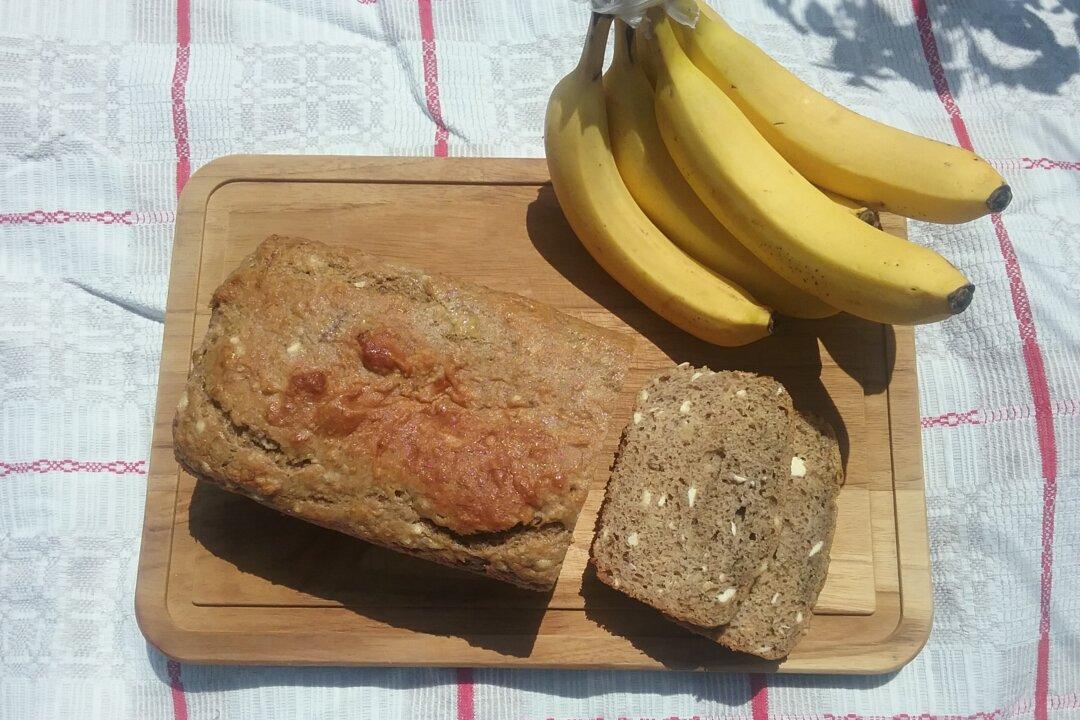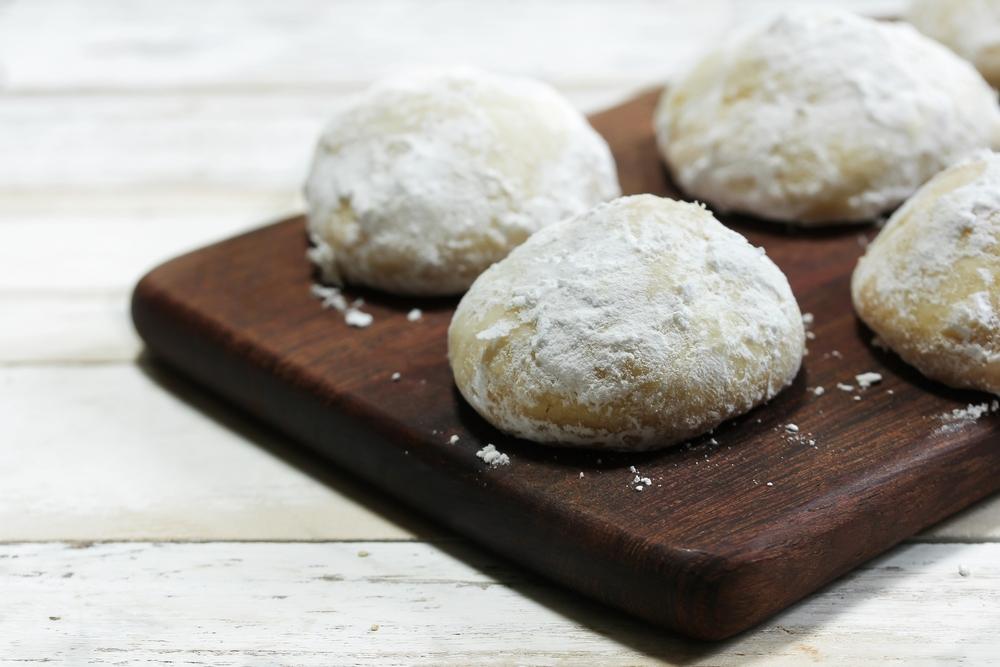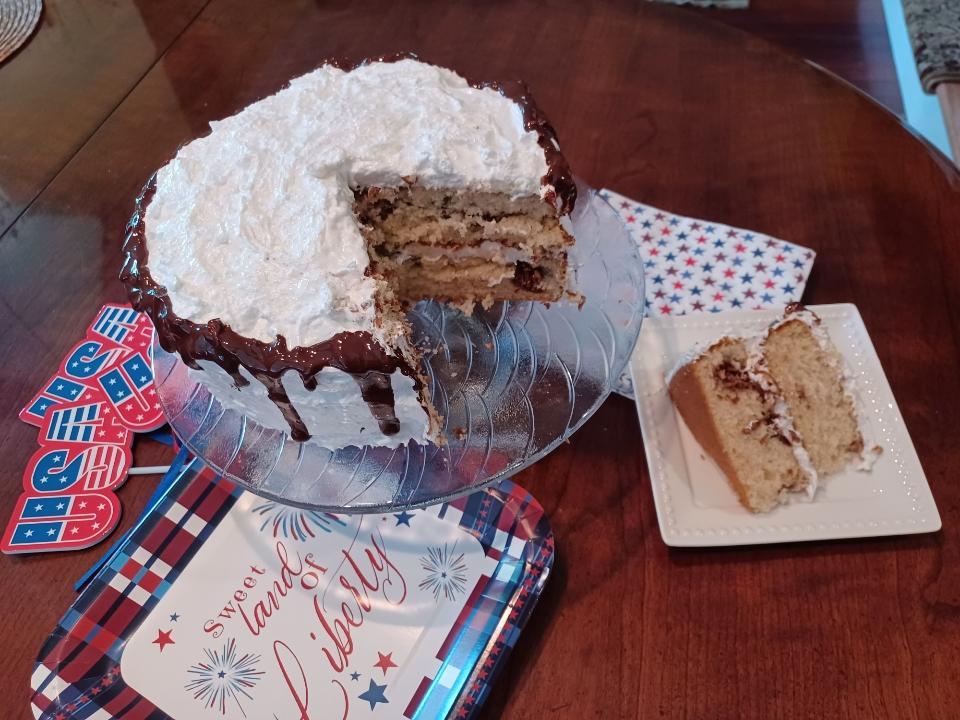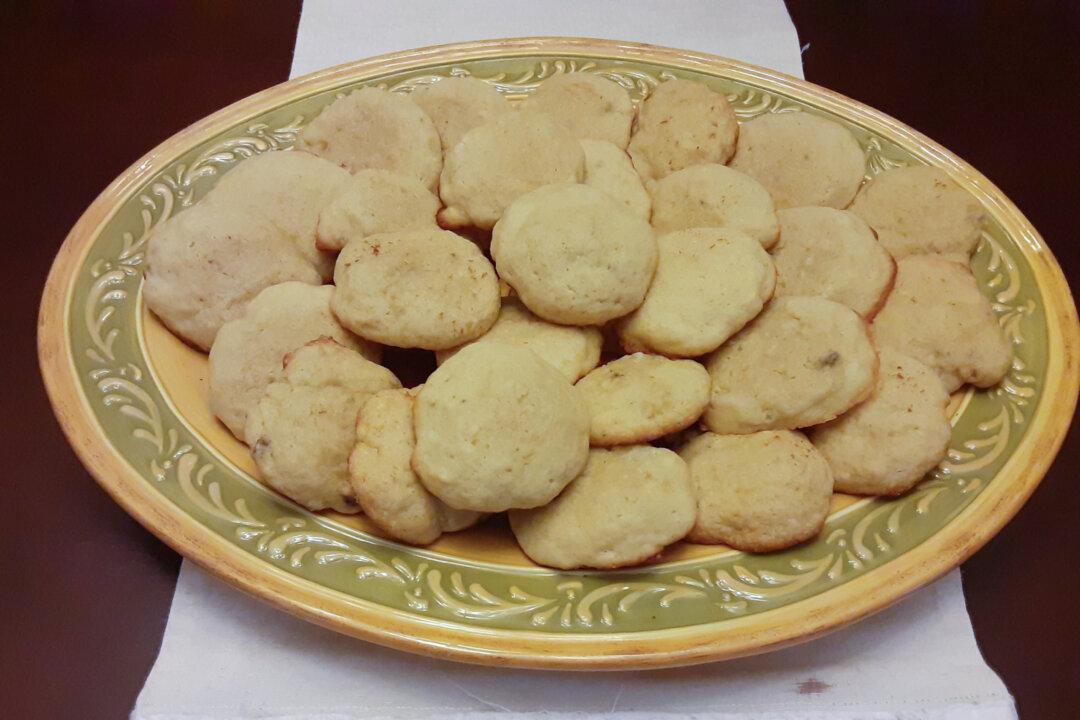Submitted by Mary Lou Young, North Carolina
This delicious nut roll pastry was almost always present in my grandmother’s home when we visited on Sunday afternoons. My grandparents, Mary and John Stofan, came from what was Austria-Hungary through Ellis Island at the ages of 16 and 17, fleeing from what was the beginnings of a forced youth army. The area they were from became Slovakia shortly after their departure.





